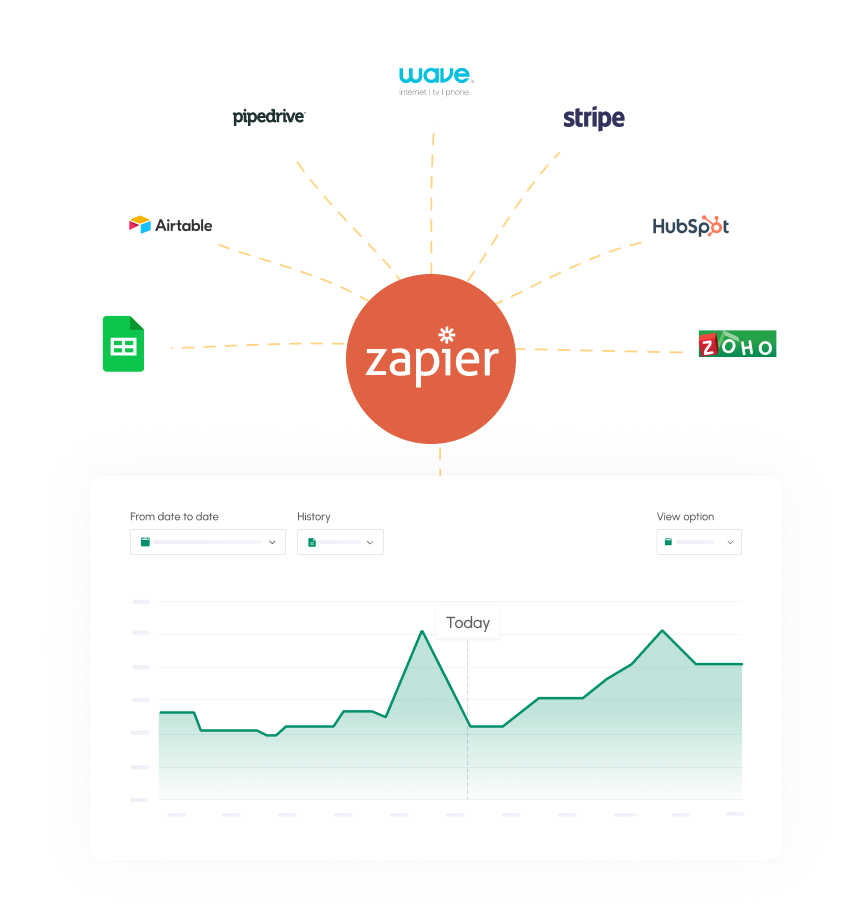
Financial planning is an important part of running a business. Planning helps ensure that the business can meet its financial obligations now and in the future. When done properly, processes like liquidity planning and cash flow planning allow businesses to meet their goals for growth or stay afloat during a crisis.
If you run a business, it’s important to understand what liquidity planning is, why it’s done and how to do it.
What Does Liquidity Mean in Financial Planning?
In financial planning, the term liquidity refers to the ease or efficiency of converting an asset or security into cash without impacting its market price. Cash is, after all, considered the most liquid of assets.
Liquidity planning can help businesses ensure they have enough cash to meet their needs at any given point in time. There are many liquidity planning capabilities and a few types of liquidity planning that all businesses should be aware of.
Different Types of Liquidity Planning
Liquidity planning compares a business’s expected income and expenses as of a certain date. The process can help businesses become aware of potential liquidity bottlenecks that may hinder their financial health.
When done properly, the company's financial planning liquidity ratio tells businesses how much liquidity they can generate over the short, medium and long term.
In liquidity planning, there are two main types of liquidity that business owners should understand:
- Market Liquidity: Market liquidity refers to the extent to which assets can be purchased and sold at stable prices.
- Accounting Liquidity: Accounting liquidity looks at how easy it is for a business to meet its financial obligations using its available liquid assets.
Understanding the types of liquidity is important, but it’s equally important to understand the purpose of liquidity planning and how it may benefit your business.
Purpose of Liquidity Planning
Businesses engage in liquidity planning for a number of reasons.
- Pre liquidity event planning is performed for liquidity events, such as initial public offerings or mergers or acquisitions.
- Businesses use liquidity planning to ensure they have the income they need to stay afloat during slow periods or when faced with unexpected expenses.
- Owners can determine whether their business’s liquidity is too low, which can become an issue in the future. If liquidity is too low, the business cannot liquidate its assets and meet its financial obligations. The higher the liquidity level, the easier it will be to convert assets to cash and meet the business’s financial obligations.
It’s crucial for businesses to monitor and manage all cash flows, particularly in times of crisis. Liquidity planning helps them do that.
Liquidity planning is just one aspect of financial planning for a business. It works alongside balance sheet planning, cash flow planning and income statement planning to help keep a business on the right track.
How to Make a Liquidity Plan?
Creating a liquidity plan is a straightforward process that takes all cash flows into account. There are quite a few factors that flow into liquidity planning, but there are some things it won’t account for.
Which Factors Flow into Liquidity Planning?
Liquidity management planning records all cash flows – not just a business’s costs. All recorded payments are categorized as either incoming or outgoing payments.
With liquidity planning, cash inflows can include:
- Sales proceeds
- Revenue
- Income from loans
- Private deposits
- Subsidies
- Investment income
- Input tax refund
Cash outflows can include:
- Investments
- Withdrawals
- Operating costs
- Materials and supplies costs
- Tax payments
- Payroll
- Wages
It’s important to make sure that you understand all of your sources of income and all of your expenses. All cash flow must be taken into account if you want your plan to be successful.
What Is Not Included in Liquidity Planning?
While liquidity planning takes many factors into account, there are some things that won’t be included.
For example, only transactions that are processed via cash or bank account are considered. Transactions that are not cash effective are not taken into account. Provisions or depreciation are also not included in liquidity planning.
Now that you understand what goes into liquidity planning, let’s take a closer look at how it’s done. The process of liquidity planning is as follows:
- The first step is to determine the number of liquid assets the business has at its disposal.
- Cash and bank balances should then be added together to determine the total amount of liquid assets at the start of the period.
- Next, create a list of income and expenses for the period.
- Deduct payments from receipts.
- These results will tell you whether you are able to meet your financial obligations.
At the end of the period, you can compare your actual values versus your planned values to see how your business measures up.
Comparing these two figures can help you determine whether your business needs to adjust its plan or continue moving in the right direction.
Cash Flow Forecasting & Liquidity Planning
Liquidity planning and forecasting go hand in hand. Liquidity planning can only be successful if the company has up-to-date and accurate forecasts of the liquidity’s development.
Because these two activities are so interconnected, it’s important to ensure that your forecasts and cash flow management are on point.
Using automated tools for cash flow forecasting can help save a business time and ensure it has the most updated and accurate data to use for liquidity planning. In addition, automation can help reduce the risk of false liquidity planning.
Careful and Precise Planning with Cash Flow Frog Minimizes Any Risks
Liquidity planning plays an important role in financial planning for any business. However, if your plan uses inaccurate or outdated data, there’s a risk that you may wind up in a crisis and be unable to meet your financial obligations.
Cash Flow Frog can help you avoid erroneous liquidity planning and minimize risks by ensuring that your cash flow forecasts are accurate and reliable. Our platform connects with your accounting software to automate the process and reduce the risk of errors.
With Cash Flow Frog, businesses can engage in careful and precise liquidity planning and other financial planning activities with confidence.
Related posts:
You may be interested:
New:












